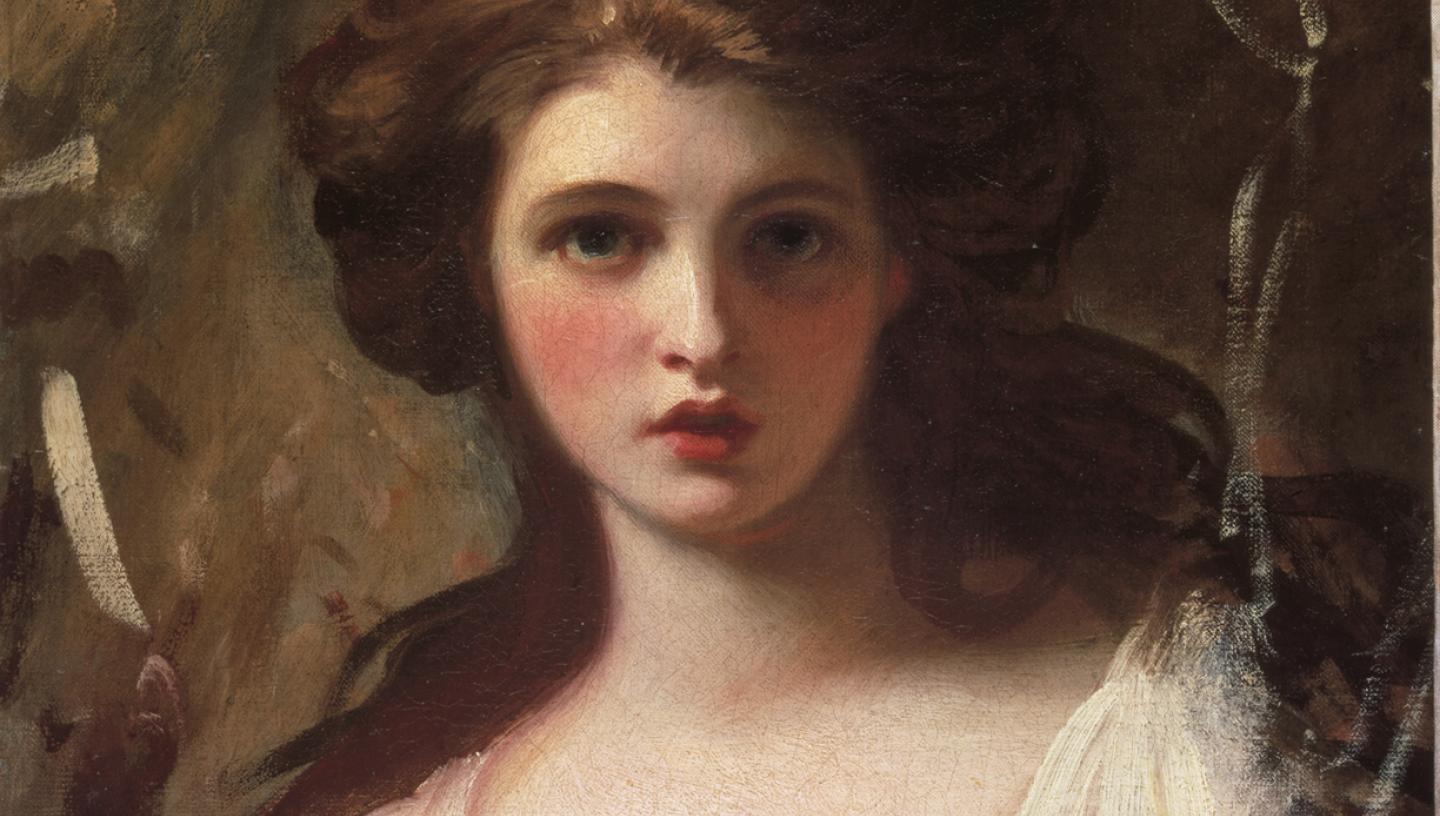
13 Dec 2016
Dr Geoff Wright, a local historian, looks at the role Emma Hamilton's mother played in her extraordinary life.
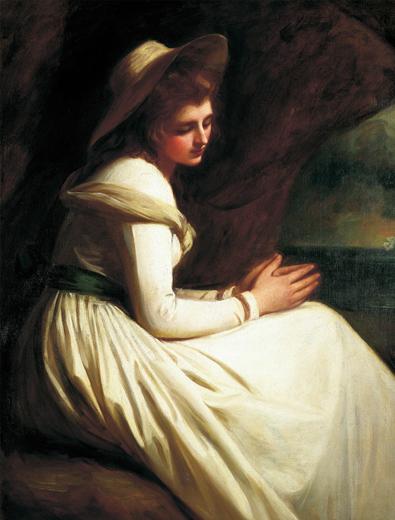
Emma’s rags-to-riches story is often seen as the parallel of the Pygmalion tale, with the antiquarian Charles Greville as the sculptor besotted with the beauty and talent of his creation. Yet a closer look at Emma’s life shows her rise to have been steered and shared by her ambitious mother, who brought her daughter up to challenge the class system of her day.
Emma’s mother was baptised Mary Kidd in May 1743 in Hawarden, a parish with freshly-opened mines in Flintshire, North Wales. Her parents Thomas and Sarah Kidd had recently moved the 50 miles from their home village of Madeley in Staffordshire, presumably seeking work opportunities. They may well have arrived with aspirations: back in Staffordshire the couple had not married in the local village church but in the far grander St Peters ad Vincula in the centre of Stoke-on-Trent, the church which was later to house the tombs of Josiah Wedgwood and the Spode family, and is now styled Stoke Minster. They must have once considered themselves to be of comfortable, possibly yeoman, status.
But in Hawarden this status seems to have vanished. Thomas ended working in the coalmines, like his sons, and died in 1761. His widow, Sarah, had to take up carrying loads of coal into nearby Chester to survive. So Mary was brought up in a simple cottage as part of a family fighting to survive – no doubt accompanied by nostalgic tales, probably exaggerated, of former family prosperity and influence.
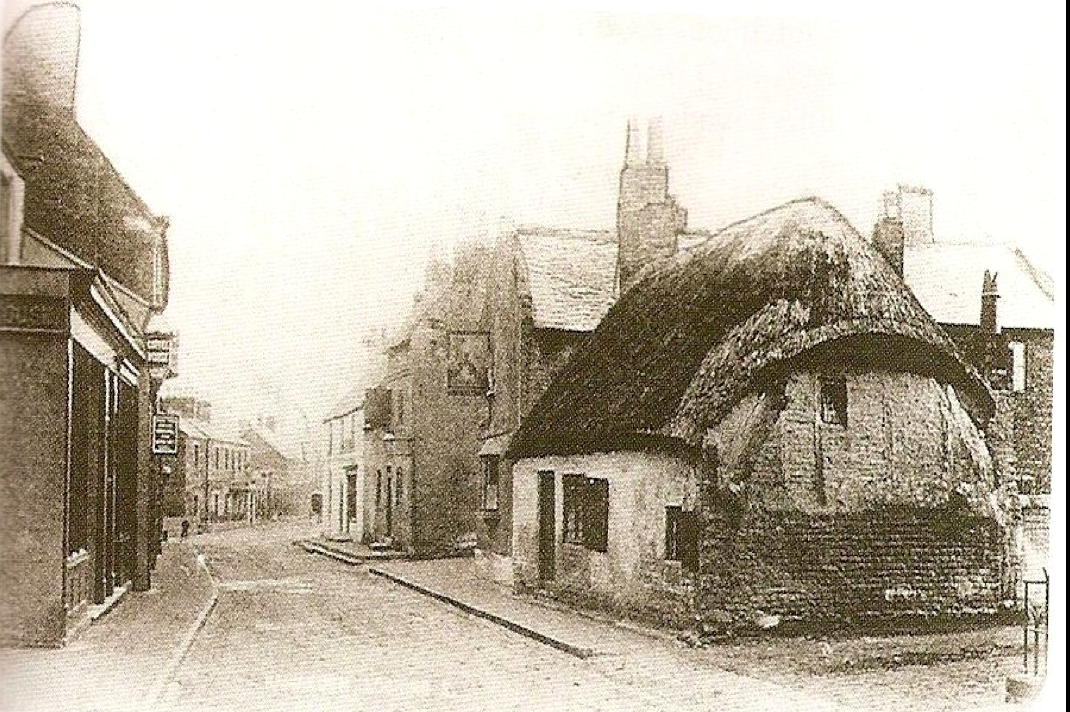
Schooling passed Mary by. When in 1764 she married Henry Lyon of Ness, colliery blacksmith, both signed the register with a mark. Henry would not have been a great catch, and the marriage may have been forced by Mary’s pregnancy. Their child, Amy/Emy Lyon, was named after Mary’s late elder sister, the first child of Thomas and Sarah born in their happier Staffordshire days.
In fact, Mary had three sisters named Amy, and, as each died, Mary’s parents passed this name to their next daughter. So, for reasons we do not know, the name was a talisman for the family: from the very start the infant who became Lady Hamilton carried a banner of hope for them all.
Less than two months after Amy’s birth, Mary was a widow. Within a single year she had married, baptised her child and buried her husband, all in the parish church of Great Neston. She was 22 years old, illiterate, a single mother with an infant and without support.
What were the chances of survival for Mary and her daughter in a world governed by social status, wealth and preference? Infant mortality was common among the poorer classes, alongside crippling diseases, consumption, rotting teeth and malnourishment. Most would say Mary’s best chance would be to find herself another husband.
Yet Mary never married again, and brought up Emma so that already as a teenager in London she may have been employed to personify Hygeia the goddess of health, and in her twenties became in Romney’s portraits the perfect image of beauty. How did Mary do it?
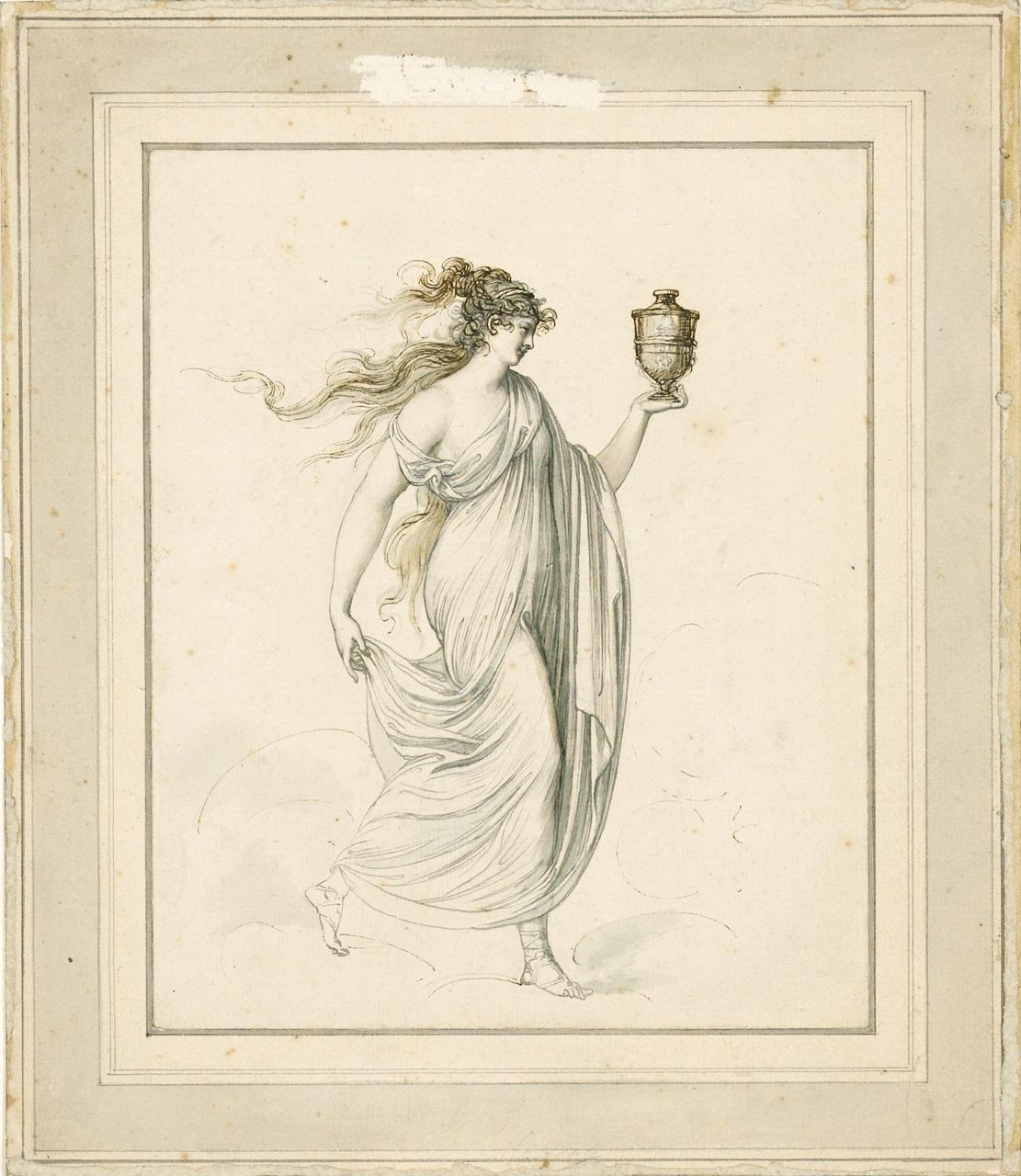
Her first step was to take infant Amy/Emma across the river Dee to Hawarden to be raised by her own widowed mother. It seems Mary eventually found work in service in a local well-off family. Life was hard in the Kidd family, all working long backbreaking hours, yet they managed to steer Emma through childhood without blemishes and afflictions. A healthy diet must have laid behind it (maybe smuggled from or given by Mary’s employers) plus the fact that Amy was an only child and had little contact with other children.
This last may have also been behind Amy’s boundless ambition to escape the confines of class and not to accept the fate of her family. This passion must have been planted and shared by Mary. By all accounts Amy showed little interest in a future as a domestic servant. Her mother and grandmother had given her dreams. They felt themselves a cut above their Hawarden neighbours and more the equals of the those they served. Working for these comfortable families in Hawarden, Mary saw and grasped an opportunity for herself and for her daughter and they began to acquire a basic education.
At only 13, Emma was brought to London by her mother and the formidable team began. From her harsh upbringing, Mary had learnt to be practical and sensible with money and knew how to handle a crisis. In contrast, Emma loved to take centre stage and express herself unencumbered by aristocratic refinement and restraint. Both knew how to exploit connections with their social superiors. It was a winning combination. Eventually, in the home of Charles Greville, Mary Kidd and Amy Lyon were transformed into Mrs Cadogan and Emma Hart, and learned side by side to write letters, manage accounts and be polite hostesses.
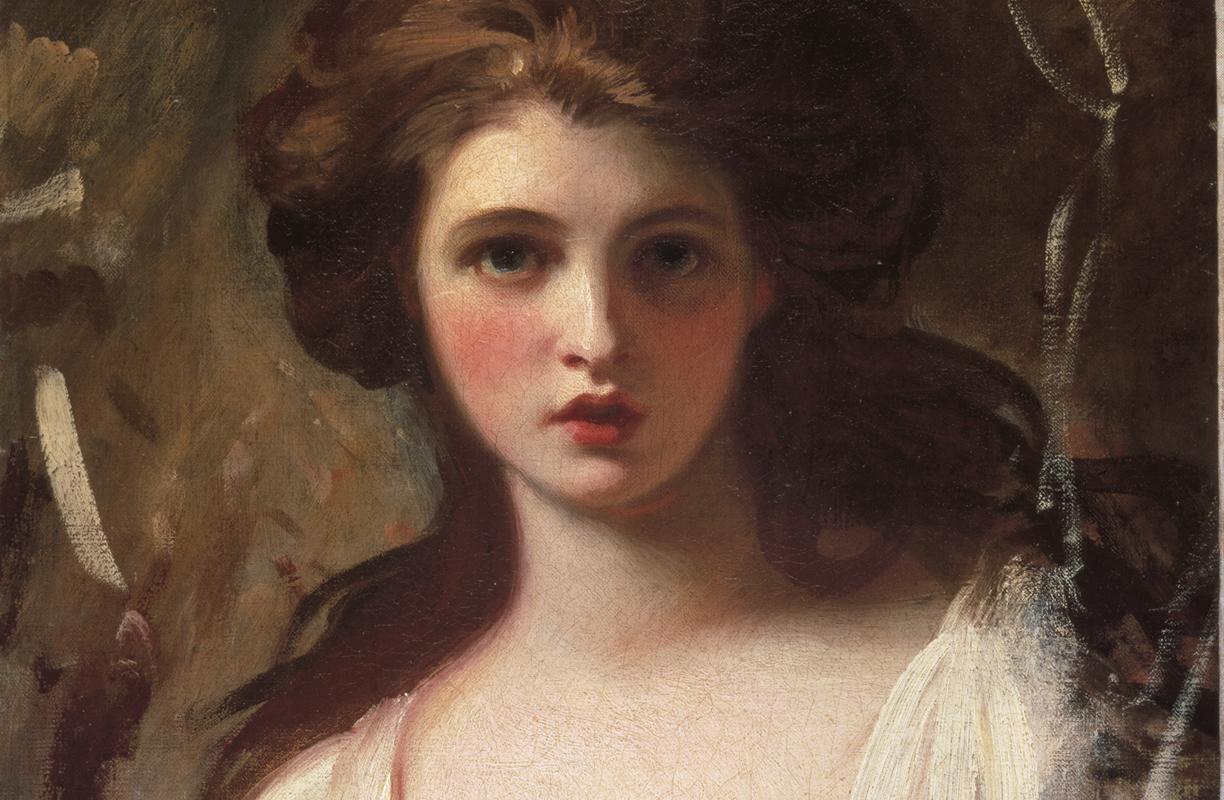
The teamwork was clear. In 1784, when holidaying in Parkgate with Emma and her young (illegitimate) child it was Mary who went about the resort cleverly posing as mother of the child while Emma stayed indoors. The imploring letters which Emma wrote to Greville included assurances that she wasn’t costing him too much – one can imagine Mary looking over her shoulder as she wrote. Indeed, later that year, we know that Greville had them keeping the household accounts. Cleverly too, in the same letters Emma also expressed her admiration for Greville’s uncle, Sir William Hamilton. Both women were looking up the social tree.
There seems little doubt that all their patrons in their giddy social rise regarded Mary and Emma as inseparable. There is no evidence that Emma ever had to plead to include her mother when she went to Naples, Sicily, or on the 1800 progress across Europe. In letters of Sir William and Nelson ‘Mrs Cadogan’ is always mentioned with respect. They seemed to acknowledge that Mary was holding the whole ‘Emma phenomenon’ together.
Only one portrait of Mary is known, showing her as a plain dour woman. Yet, in her self-effacing manner, she must always have been present at Emma’s side, advising her on clothes, money, contacts, relationships – and keeping the Flintshire family at bay. She was Emma’s closest friend and lifelong partner. When she died in 1810 aged 67 she had finally been worn down by Emma’s extravagance and debts following Nelson’s death and the loss of Merton. She was buried in the modest church St Mary’s Paddington where her daughter had married Sir William Hamilton, and Emma stood alone, with creditors encircling and her own end not far away.